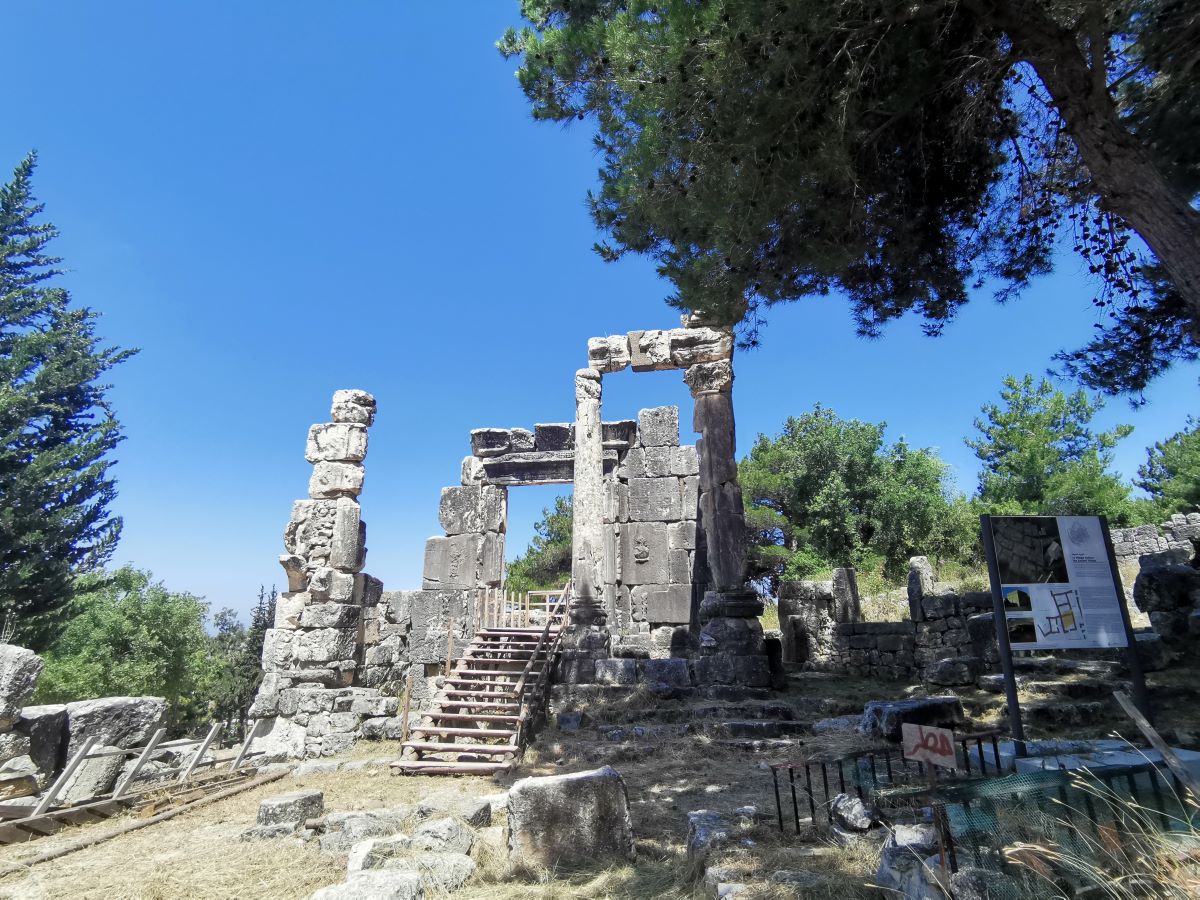The site of Chhim testifies to a significant human occupation that goes back all the way to the Bronze Age. The site is as important as Yanouh site, which gives us a comprehensive study about rural life in Mount-Lebanon during antiquity.
This article presents a brief description of Chhim’s history through its archeological site.
*You can read the story of Yanouh by clicking here.
Location
The site, measuring approximately 1 hectare in area, lies on a hill slope at the height of about 450m at the heart of Chhim modern village.
Timeline
2nd millennium BC – Early traces of human existence in Chhim are identified throughout archeological findings.
3rd – 2nd century BC – A religious Hellenistic structure is built on site.
1st – 3rd century AD – The village of Chhim is established and expanded throughout the following centuries.
2nd – 3rd century AD – A Roman temple is erected on site.
5th Century AD – Construction of a Byzantine basilica.
7th Century AD – The village is abandoned for uncertain reasons and it fell into decay for the coming centuries.
1990’s – 2005 – Extensive excavations revealed the importance of Chhim village.
Archeological site
The archeological site of Chhim features a series of structures that form a living, sustainable and expandable village.
The houses – A typical house in Chhîm had one square or sometimes rectangular room, probably inhabited by one family. Stone benches ran along the walls, there was a bread oven in the corner, and often a pillar supporting the wooden construction of the flat roof made of tamped earth stood in the center.
The oil presses – The large number of oil presses discovered on site suggests that the village’s economy – mostly – was based on the production of oil. Thanks to the well preserved state of the presses, it only lacks of ropes and wooden elements to start functioning again.
The Roman Temple – During the Roman era, a small edifice built in the Corinthian style was erected on site, and underwent several transformations later on. The deity of the sanctuary is unknown since no inscriptions were found on site, and the figure engraved on the temple entrance has been hammered by the early Christians. It is interesting to note that the temple itself, after its abandonment as a cult site, became a place of commercial production. A circular basin typical of a wine press and counterweights of an oil press attest the fact that at least during the 6th century AD the temple was used for making wine and/or olive oil.
The Byzantine Church – The 5th century basilica holds magnificent colorful mosaics. Their geometrical, floral and figurative motifs attest to the wealth and taste of the community which had ordered them.
Around the archeological site – Archeologists discovered around the village several necropolises with rock-cut tombs, cisterns, and unexcavated house complexes.
Karim Sokhn
Tour Operator & Tour Guide
References:
BAAL issue 2004 (volume 8)
https://pcma.uw.edu.pl/en/2019/04/15/chhim-2/
La vie Religieuse Au Liban Sous L’Empire Romain – Julien Aliquo
Journal of Eastern Mediterranean Archaeology and Heritage Studies, Vol. 3, NO. 4 – 2015









